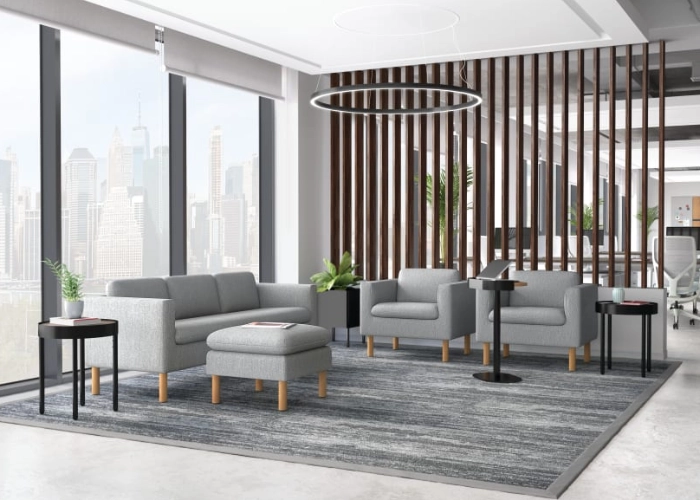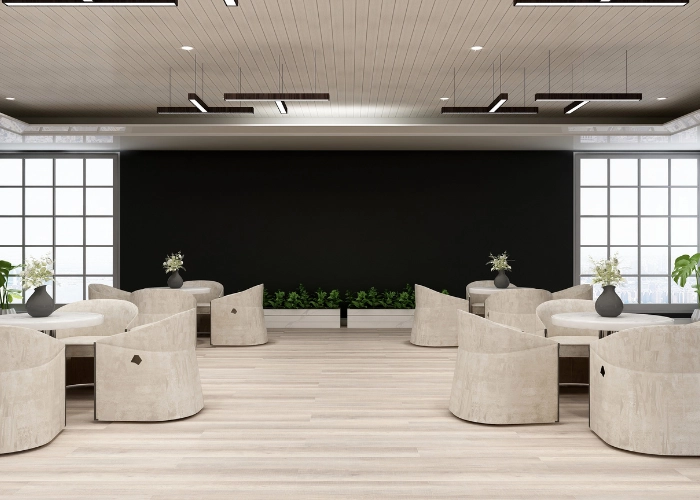In the ever-evolving landscape of education, it’s becoming increasingly clear that the traditional classroom model, with its structures and standardized tests, may not fully equip students for the complexities of the modern world. Enter makerspaces – dynamic, collaborative environments that challenge the notion that learning is simply about finding the right answer. In these innovative spaces, exploration, creativity, and problem-solving take center stage, proving that the answers aren’t always black and white.
Shifting the Paradigm
Traditional classrooms often revolve around a teacher-centered model where lessons flow from teacher to student, and success is measured by the ability to recall the right answer. While this approach has merits, it can sometimes restrict the boundless creativity and complex problem-solving skills our students need. But fear not – there’s a shift happening. The page is turning from traditional to makerspace, as it’s widely recognized that an increasing number of schools are incorporating makerspaces due to their benefits in enhancing creativity, problem-solving, and student collaboration.
The Makerspace Furniture Evolution
In 2024, several trends are shaping the furniture used in educational makerspaces. Here are some key trends:

1. Technology Integration:
Furniture designs are increasingly incorporating technology. Worktables with built-in power outlets, data ports, and device charging stations are becoming standard. These features support using advanced tools and technology, such as 3D printers and robotics kits, which are essential for modern makerspaces. This seamless integration ensures students can access the necessary resources to innovate and create.
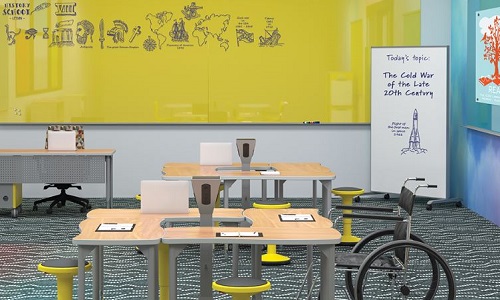
2. Ergonomic and Inclusive Design:
There is a growing focus on ergonomic and inclusive furniture that caters to diverse student needs. This includes height-adjustable desks, sit-to-stand options, and comfortable seating that promotes good posture and reduces physical strain. These designs aim to create an inclusive, comfortable environment for all students, including those with physical disabilities, ensuring everyone can participate and thrive in makerspace activities.
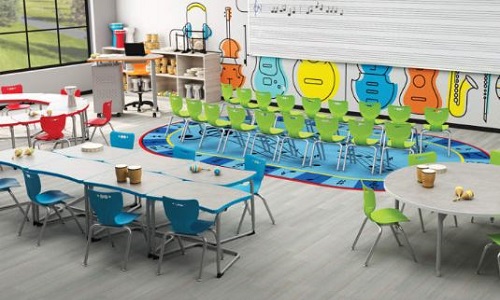
3. Durable and Sustainable Materials:
Sustainability is a key consideration, with many schools opting for furniture made from durable and eco-friendly materials. This ensures longevity and supports environmental education by highlighting the importance of sustainable practices. By choosing materials that are both tough and green, schools are teaching students the value of sustainability in everyday life.
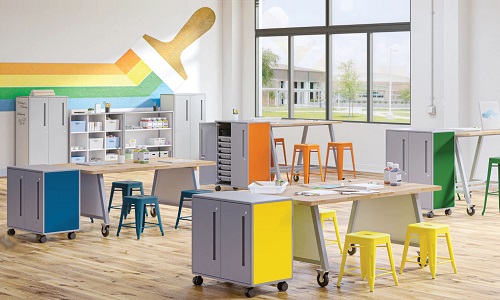
4. Aesthetic Appeal:
The visual appeal of furniture is also important. Bright colors, modern designs, and aesthetically pleasing materials are used to create an engaging and stimulating environment. This helps to make the makerspace inviting and inspiring for students, fostering creativity and enthusiasm. A well-designed space can ignite a student’s passion for learning and exploration.
Embracing the Future
These trends reflect a shift towards creating versatile, technology-enabled, and inclusive learning environments that support innovative and collaborative educational approaches. As makerspaces become more prevalent, they are redefining how students learn, encouraging them to think critically, work collaboratively, and solve problems creatively. By embracing these changes, we can better prepare our students for the challenges and opportunities of the modern world.
In conclusion, the evolution from traditional classrooms to makerspaces represents a significant step forward in education. By fostering environments where creativity, exploration, and problem-solving are prioritized, we are equipping our students with the skills they need to succeed in an ever-changing world.
Check out Different Styles of Makerspaces: Makerspaces
Furniture to Support Learning Trends – Videos: Furniture to Support Learning Trends
References
Ed Tech Magazine. (2024). “Innovative Classroom Furniture Trends.” EdTech Magazine.
https://www.edtechmagazine.com/innovative-classroom-furniture-trends.
Haskell Education. (2024). “The Future of Makerspace Design.” Haskell Education.
https://www.haskelleducation.com/future-makerspace-design.
KI. (2024). “Creating Inclusive Learning Environments.” KI.
https://www.ki.com/creating-inclusive-learning-environments.

